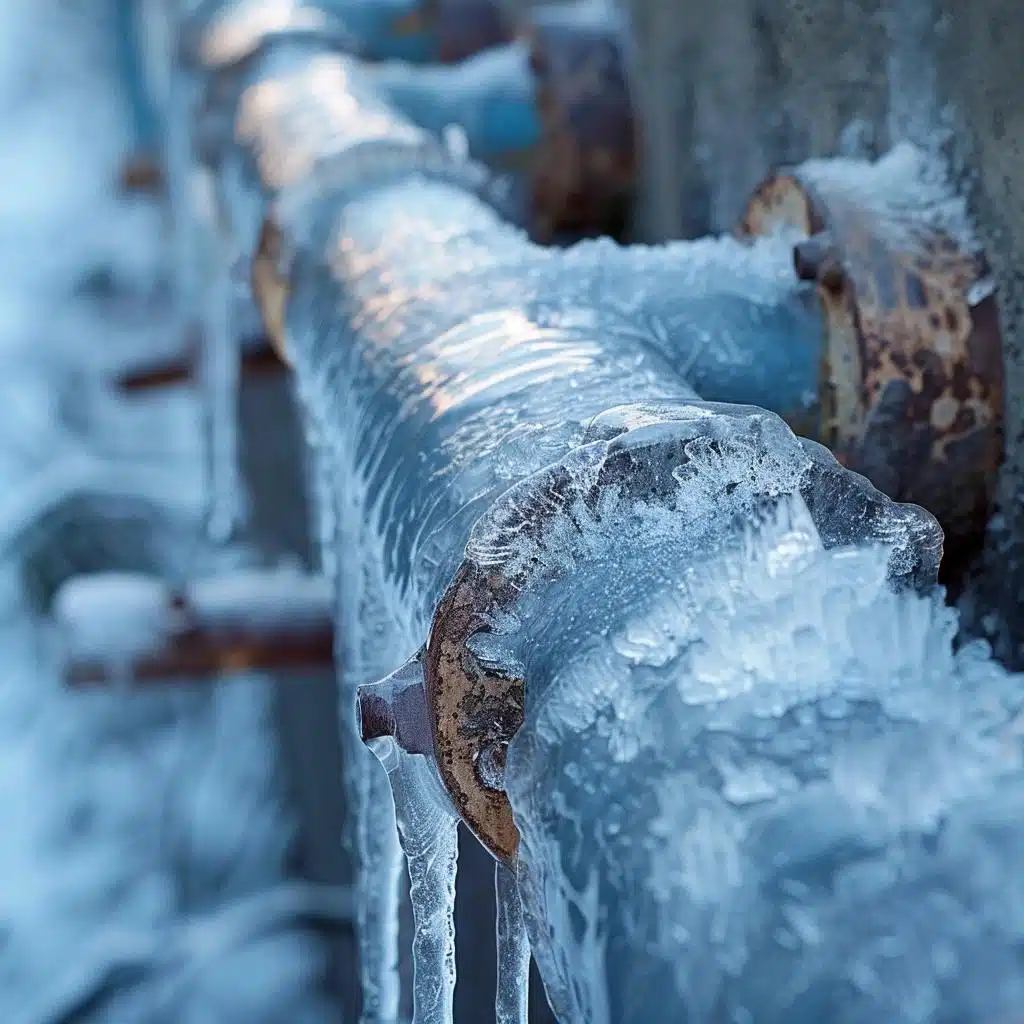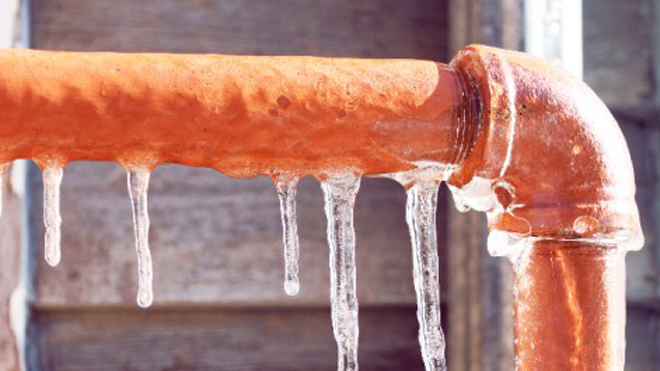Avoiding Frozen Plumbing in Cold Weather: Key Tips
Avoiding Frozen Plumbing in Cold Weather: Key Tips
Blog Article
We've stumbled on the article involving Winter Plumbing Precautions: Preventing Frozen Pipes directly below on the net and reckoned it made perfect sense to write about it with you over here.

Cold weather can ruin your plumbing, particularly by freezing pipes. Below's just how to avoid it from happening and what to do if it does.
Intro
As temperatures drop, the threat of frozen pipes increases, potentially resulting in expensive repair work and water damage. Understanding just how to stop icy pipes is critical for property owners in chilly environments.
Prevention Tips
Shielding at risk pipes
Cover pipes in insulation sleeves or make use of heat tape to protect them from freezing temperature levels. Focus on pipelines in unheated or external locations of the home.
Heating techniques
Keep indoor spaces sufficiently heated up, specifically areas with pipes. Open up cabinet doors to permit cozy air to circulate around pipes under sinks.
Exactly how to recognize frozen pipes
Look for lowered water flow from faucets, unusual odors or sounds from pipes, and visible frost on subjected pipes.
Long-Term Solutions
Architectural changes
Consider rerouting pipelines far from exterior wall surfaces or unheated locations. Add additional insulation to attic rooms, cellars, and crawl spaces.
Upgrading insulation
Purchase premium insulation for pipes, attics, and wall surfaces. Appropriate insulation aids maintain constant temperatures and minimizes the risk of frozen pipes.
Safeguarding Outside Plumbing
Garden hoses and outdoor taps
Detach and drain yard hoses before winter months. Set up frost-proof spigots or cover outside taps with protected caps.
Understanding Frozen Pipelines
What triggers pipes to ice up?
Pipes freeze when revealed to temperature levels listed below 32 ° F (0 ° C) for extended durations. As water inside the pipes freezes, it expands, putting pressure on the pipeline walls and possibly triggering them to break.
Dangers and problems
Icy pipelines can lead to water supply disturbances, building damages, and expensive repair services. Ruptured pipelines can flooding homes and cause comprehensive architectural damage.
Signs of Frozen Water Lines
Identifying frozen pipelines early can avoid them from rupturing.
What to Do If Your Pipes Freeze
Immediate actions to take
If you believe icy pipelines, maintain taps open up to soothe stress as the ice melts. Make use of a hairdryer or towels taken in hot water to thaw pipelines gradually.
Final thought
Protecting against frozen pipes needs positive measures and fast reactions. By recognizing the causes, indications, and preventive measures, home owners can protect their plumbing during winter.
6 Proven Ways to Prevent Frozen Pipes and Protect Your Home
Disconnect and Drain Garden Hoses
Before winter arrives, start by disconnecting your garden hoses and draining any remaining water. Close the shut-off valves that supply outdoor hose bibs and leave the outdoor faucet open to allow any residual water to drain. For extra protection, consider using faucet covers throughout the colder months. It’s also important to drain water from any sprinkler supply lines following the manufacturer’s directions.
Insulate Exposed Pipes
Insulating your pipes is an effective way to prevent freezing. Pipe insulation is readily available at home improvement stores and is relatively inexpensive. Pay close attention to pipes in unheated areas such as the attic, basement, crawl spaces, or garage. Apply foam insulation generously to create a buffer against the cold. You can also wrap your pipes in heat tape or thermostat-controlled heat cables for added warmth.
Seal Air Leaks
Inspect your home for any cracks or openings that could let in cold air. Seal any holes around the piping in interior or exterior walls, as well as the sill plates where your home rests on its foundation. Additionally, make sure to keep your garage door closed unless you’re entering or exiting. Leaving it open creates a significant air leak that can lead to frozen pipes.
Allow Warm Air Circulation
During cold snaps, it’s essential to allow warm air to circulate evenly throughout your home. Leave interior doors ajar to promote better airflow. Open kitchen and bathroom cabinets to help distribute heat consistently around the rooms. If you have small children or pets, be sure to remove any household chemicals or potentially harmful cleaners from open cabinets for safety.
Let Faucets Drip
A small trickle of water can make a big difference in preventing ice formation inside your pipes. When temperatures drop significantly, start a drip of water from all faucets served by exposed pipes. This continuous flow helps prevent the water from freezing. Additionally, running a few faucets slightly can relieve pressure inside the pipes, reducing the chances of a rupture if the water inside does freeze.
https://choateshvac.com/6-proven-ways-to-prevent-frozen-pipes-and-protect-your-home/

I stumbled upon that article on How to Prevent Your Pipes From Freezing while surfing around the web. Enjoyed reading our write up? Please quickly share it. Help others find it. Kudos for being here. Revisit us soon.
Schedule An Appointment Report this page